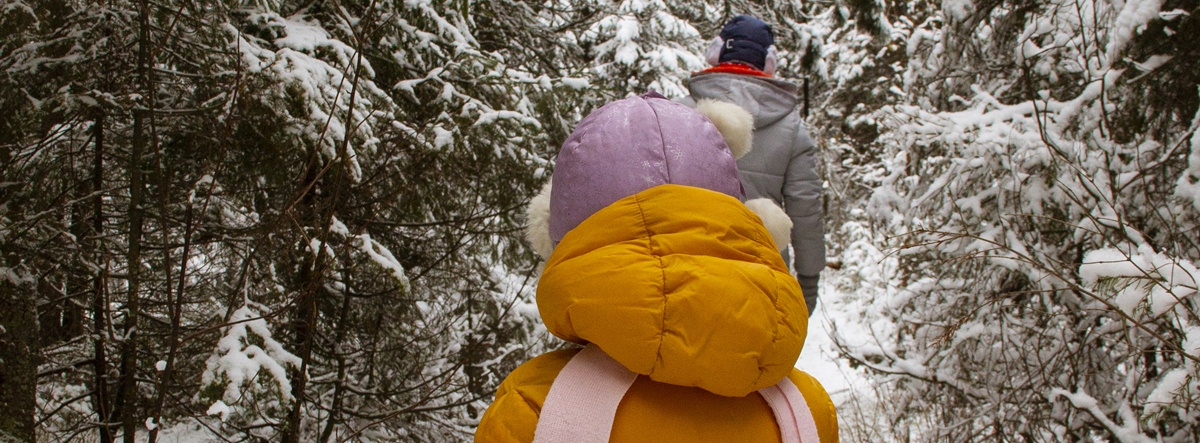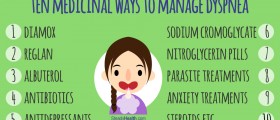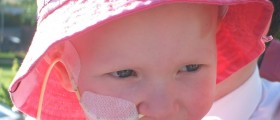Altitude sickness is a disorder that occurs due to the pathological effects of high altitude on humans. At high altitudes (above 8.000 ft) partial pressure of oxygen is rather low, which causes specific effects in humans. This condition is also known as acute mountain sickness. This medical condition may affect all people, including children. Children are quite vulnerable to altitude sickness, particularly those who are physically active.
Altitude sickness may be acute or chronic. In the acute form, mountain sickness may cause high-altitude pulmonary or cerebral edema which is life-threatening. The chronic form of the disease is also known as Monge's disease and it affects people who have been exposed to high altitude for longer periods.
Pathophysiology and Types of Altitude Sickness in Children
Most people believe that the concentration of oxygen drops in higher altitudes. The truth is that the concentration of oxygen stays the same but the air pressure decreases. Reduced air pressure interferes with obtaining the desired amount of oxygen.

Insufficient intake of oxygen affect exposed children and the symptoms of altitude sickness develop. Additional conditions which contribute to the onset of the diseases include cold weather, low humidity, increased ultraviolet radiation, and so on.
Children may develop one out of three types of altitude sickness. The first type is acute mountain sickness, which occurs due to rapid ascent to high altitudes. The second type is height altitude pulmonary edema, which typically occurs due to altitude hypoxia. And finally, the third type is high-altitude cerebral edema which in extreme cases may lead to coma.
- Recent research has examined children's short-term cardiorespiratory adaptation to high altitude, incidence of acute mountain sickness, hypoxic ventilator response, and maximal exercise capacity.
- Overall, studies indicate that children and adults are largely similar in these variables.
- Furthermore, studies suggest that heritability seems to be a component of response to altitude and development of altitude illness - a finding that may have implications for family vacation planning.
Symptoms of Altitude Sickness in Children
The symptoms may range from mild to severe. They typically occur after a day spent at a high altitude. Throbbing headache, which tends to intensify during the night and early morning, is symptomatic of altitude sickness.
Furthermore, the child may lose appetite, feel dizzy and vomit and experience mild to severe weakness. The symptoms interfere with sleep. There is an obvious problem with walking, and the child may be drowsy or confused. Insufficient supply of the body with oxygen results in peripheral cyanosis (blue or gray discoloration of the lips and fingernails). And finally, one may experience breathing difficulties.
Treatment for Altitude Sickness in Children
The child needs to be transported to a lower altitude as soon as possible. Staying at the same altitude is only allowed for children who have mild symptoms. They will acclimatize in a few days. If a child stays at the same altitude, he/ she is supposed to rest in bed and avoid any kind of physical activity.
The child also needs to drink plenty of fluids. Headache is alleviated by certain over-the-counter medications such as acetaminophen or ibuprofen. These medications may be only given if the doctor has been consulted.
The child may also be prescribed Acetazolamide, nifedipine, or dexamethasone. These medications are rather helpful in adaptation to higher altitudes. These medications may be also great for the prevention of altitude sickness. A better supply of oxygen is achieved with an oxygen concentrator.

















Your thoughts on this
Loading...